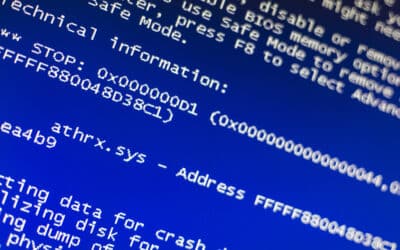November is Diabetes Awareness Month. For those that treat diabetic foot ulcers and don’t use Intellicure’s automatic coding, or even if you do, this is a good opportunity to ensure your diabetic foot ulcer coding is accurate.
Diabetic foot ulcer codes should start with L97-.
Looking at the L97- code options for diabetic foot ulcers, providers must choose a 4th character of either “4” (non-pressure chronic ulcer of heel and midfoot) or “5” (non-pressure chronic ulcer of other part of foot). Whenever the word “and” is used in ICD-10 code descriptions it actually means “and / or.” Therefore, an L97.4- code does not necessarily imply that the patient has two ulcers, one involving the heel and one involving the midfoot.
A 97- 5th character is also required and the 5th character options are listed in Table A. A 6th character is required for these codes as well and those options are listed in Table B. The “unspecified” options indicate to the payer that the documentation was incomplete, and may lead to denial of payment. Therefore, they should almost always be avoided. For example, an L97- 5th character of “0” would indicate that neither left nor right was specified in the documentation.
TABLE A
| 5th character options for L97.4- | 5th character options for L97.5- |
| 0 – Unspecified heel and midfoot | 0 – Unspecified foot |
| 1 – Right heel and midfoot | 1 – Right foot |
| 2 – Left heel and midfoot | 2 – Left foot |
TABLE B – 6th character options for L97.4- and L97.5- codes
| 1 – Limited to breakdown of skin |
| 2 – With fat layer exposed |
| 3 – With necrosis of muscle |
| 4 – With necrosis of bone |
| 5 – With muscle involvement without evidence of necrosis |
| 6 – With bone involvement without evidence of necrosis |
| 7 – With other specified severity |
| 8 – With unspecified severity |
The coding of a diabetic foot ulcer is not complete after the L97- 4th, 5th, and 6th characters have been chosen because the L97- codes require providers to:
“Code first any associated underlying condition, such as diabetic ulcers (E08.621, E08.622, E09.621, E09.622, E10.621, E10.622, E11.621, E11.622, E13.621, E13.622).”
Of these options, the most commonly used codes for diabetic foot ulcers are E10.621 (Type 1 diabetes mellitus with foot ulcer) and E11.621 (Type 2 diabetes mellitus with foot ulcer). “Code first” indicates that an additional code is required, and it must be listed first. Therefore, E- code from the above list should precede the L97- code on the claim form.
In a Type 2 diabetic patient with a foot ulcer the coding is still not complete because E11.621 carries with it the direction to:
“Use additional code to identify control using insulin (Z79.4) or oral antidiabetic drugs (Z79.84) or oral hypoglycemic drugs (Z79.84).”
Therefore, Z79.4 and/or Z79.84 must be submitted if the patient is on insulin or oral medication for diabetes. The order in which the codes are listed is important when instructed to “use additional code.” The Z79.4 and/or Z79.84 codes should be listed immediately after E11.621. If the patient uses both insulin and oral hypoglycemic(s), then both Z-codes should be listed. If the patient uses neither, then neither should be listed.
Example:
Type 2 diabetic patient taking daily insulin with a chronic right lateral midfoot ulcer without necrosis of muscle.
- Start with L97.4- because this ulcer is on the midfoot.
- L97- 5th character is “1” because it is the right foot
- L97- 6th character is “5” because there is muscle involvement without evidence of necrosis
L97.415, which carries the instruction to code first E11.621 (type 2 diabetes mellitus with foot ulcer). Because this patient uses daily insulin, Z79.4 is necessary as well. Following the rules of “code first” and “use additional code,” the order of these codes should be
- E11.621
- Z79.4
- L97.415





